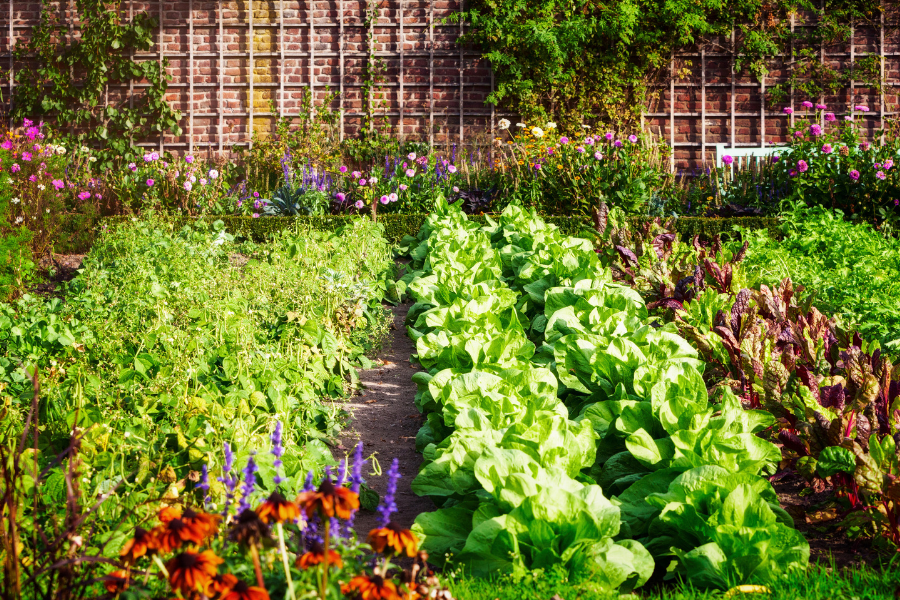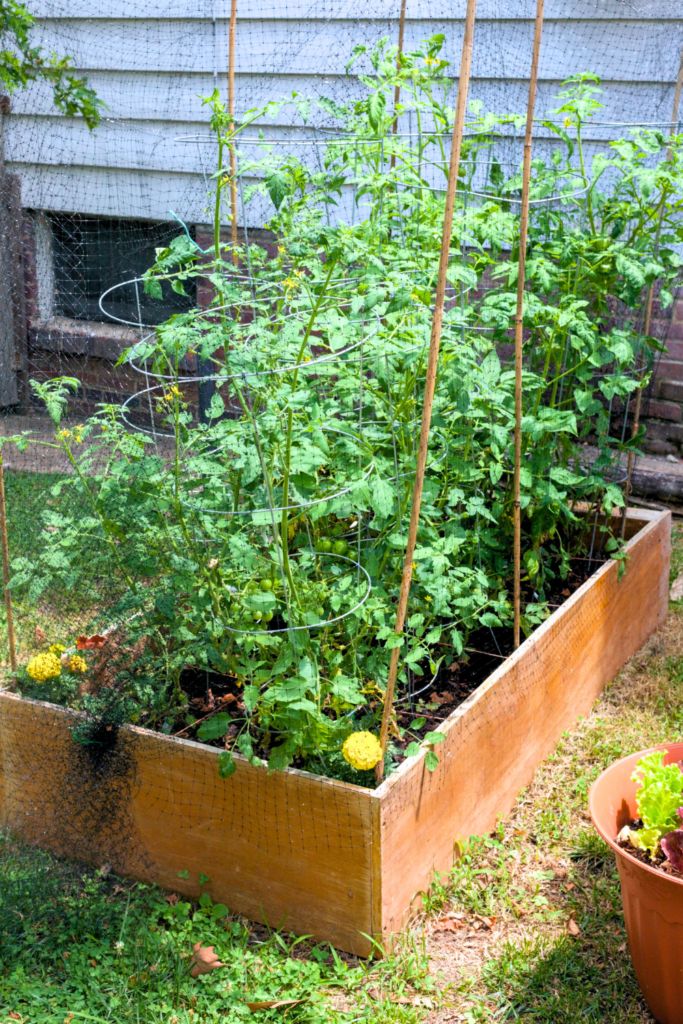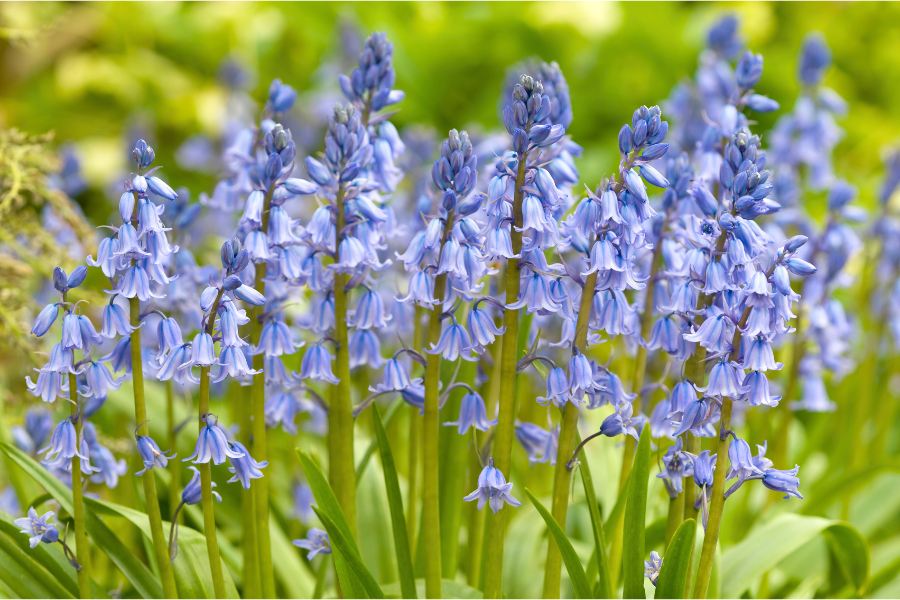Gardening is a rewarding hobby that brings joy, beauty, and even fresh produce into our lives. However, it’s not without its challenges. Whether you’re a seasoned gardener or a beginner, you’re likely to face a variety of obstacles that can hinder your garden’s success. In this blog post, we’ll explore some common gardening challenges and offer practical solutions to help you overcome them. Let’s turn your gardening frustrations into fruitful triumphs! 🌿

1. Soil Problems: Understanding and Improving Your Soil🌍
Challenge:
Poor soil quality can be a major hindrance to plant growth. Common issues include compacted soil, poor drainage, low fertility, and incorrect pH levels.
Solution:

- Soil Testing: Start by testing your soil’s pH and nutrient levels. This will help you understand what your soil needs.
- Amending Soil: Improve soil structure by adding organic matter like compost, which helps with drainage and nutrient retention. For acidic soil, consider adding lime, while sulfur can lower the pH of alkaline soil.
- Raised Beds: If your garden soil is particularly poor, raised beds filled with high-quality soil and compost may be the best solution.

2. Pest Control: Keeping Unwanted Visitors at Bay🐜
Challenge:
Pests can quickly become a gardener’s worst nightmare, damaging plants and ruining crops. Common culprits include aphids, slugs, caterpillars, and various garden beetles.

Solution:
- Integrated Pest Management (IPM): Utilize a combination of methods to control pests, including biological controls (like beneficial insects), mechanical controls (like traps), and chemical controls when necessary.
- Natural Remedies: Neem oil, diatomaceous earth, and insecticidal soaps are effective and eco-friendly pest control options.


- Companion Planting: Some plants, like marigolds and basil, naturally repel pests. Strategically place these in your garden to protect more vulnerable plants.
3. Watering Woes: Ensuring Proper Hydration💧
Challenge:
Overwatering and underwatering are common problems that can lead to root rot or drought-stressed plants. Different plants have different watering needs, which can make finding the right balance tricky.
Solution:
- Drip Irrigation: Installing a drip irrigation system provides consistent moisture directly to the plant roots, reducing water waste and preventing overwatering.

- Mulching: Mulch helps retain soil moisture, reduces the need for frequent watering, and protects plant roots from extreme temperatures.

- Watering Schedule: Establish a regular watering schedule based on the specific needs of your plants and local climate conditions. Early morning watering is generally best.
4. Dealing with Weeds: Winning the Battle Against Unwanted Growth🌾
Challenge:
Weeds compete with your plants for nutrients, water, and sunlight. If left unchecked, they can overtake your garden, reducing your plants’ growth and vitality.
Solution:
- Mulching: A thick layer of mulch not only retains moisture but also suppresses weed growth by blocking sunlight.
- Hand Weeding: Regular hand weeding, especially after rain when the soil is soft, can keep weeds under control.

- Herbicides: Use organic herbicides or natural solutions like vinegar for targeted weed control in particularly stubborn areas.

5. Plant Diseases: Recognizing and Managing Garden Ailments🍂
Challenge:
Plant diseases, such as blight, mildew, and rust, can spread quickly and devastate your garden if not properly managed.

Solution:
- Disease-Resistant Varieties: Choose plant varieties that are bred for disease resistance whenever possible.
- Proper Spacing: Ensure plants have adequate space for air circulation, which helps prevent the spread of fungal diseases.
- Sanitation: Regularly clean up fallen leaves and plant debris, which can harbor disease-causing organisms. Rotate crops yearly to prevent soil-borne diseases.

6. Climate Challenges: Adapting to Weather Extremes🌦️
Challenge:
Extreme weather conditions, including heatwaves, frost, heavy rains, and drought, can challenge even the most experienced gardeners.
Solution:
- Frost Protection: Use frost covers or cloches to protect delicate plants during unexpected cold snaps.
- Shade Solutions: Provide shade for sensitive plants during extreme heat using shade cloths or strategically planted trees and shrubs.

- Drought-Resistant Plants: Choose plants that are well-suited to your local climate, particularly those that are drought-tolerant or cold-hardy.

7. Time Constraints: Efficient Gardening Techniques⏳
Challenge:
Many gardeners struggle to find enough time to maintain their gardens, leading to neglect and frustration.
Solution:
- Low-Maintenance Plants: Opt for plants that require minimal care, such as native species or drought-resistant perennials.

- Efficient Tools: Invest in time-saving tools like automatic watering systems, raised beds, and ergonomic gardening tools.

- Gardening in Small Spaces: Consider container gardening or vertical gardens for easier access and maintenance.
Gardening may come with its share of challenges, but with the right strategies and a bit of perseverance, you can create a thriving, beautiful garden. By addressing soil issues, managing pests, ensuring proper watering, and adapting to your climate, you’ll be well on your way to gardening success. Remember, every challenge is an opportunity to learn and grow, not just your plants, but as a gardener too. Happy gardening! 🌼
